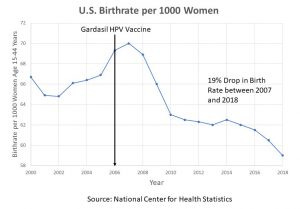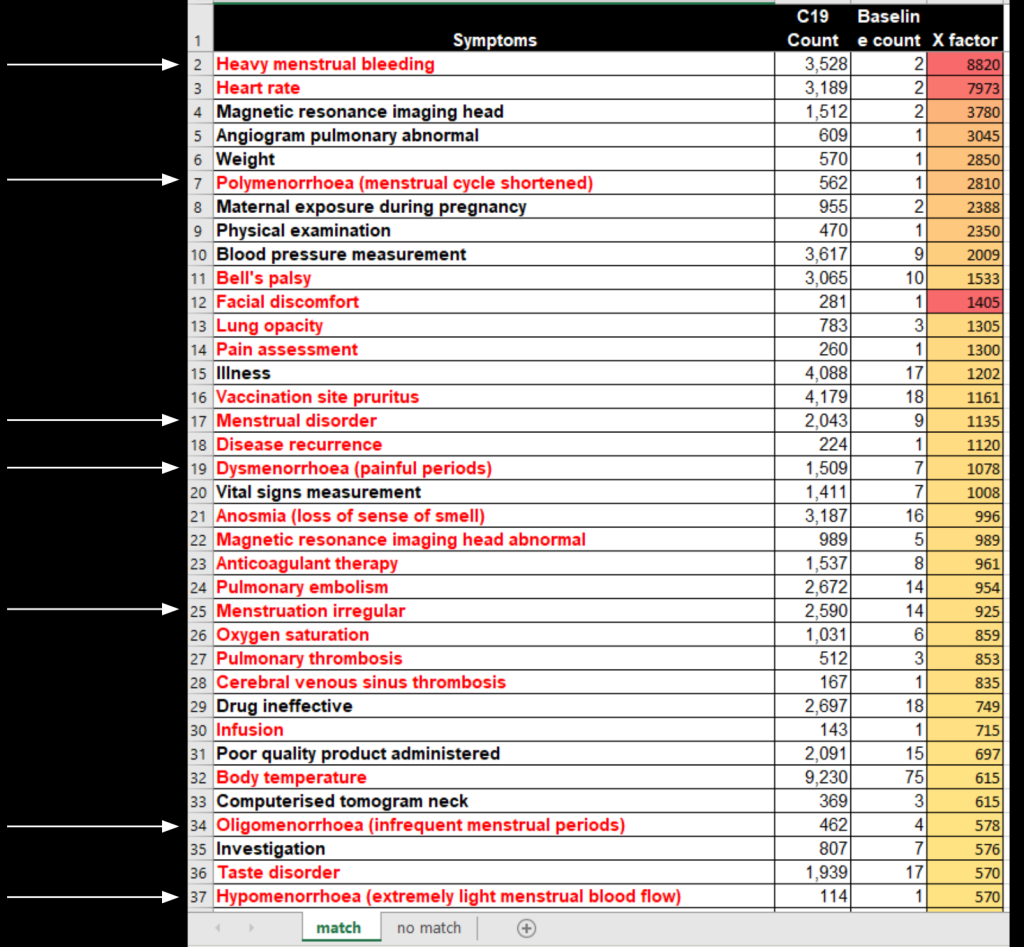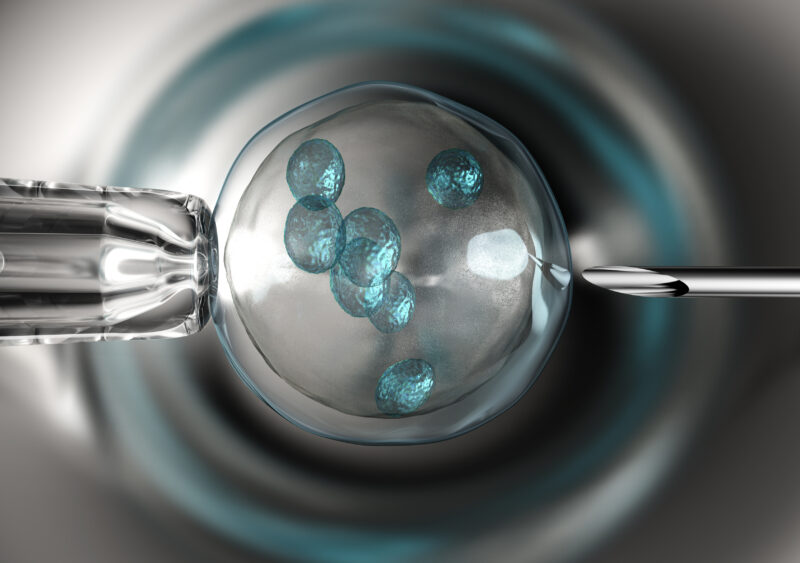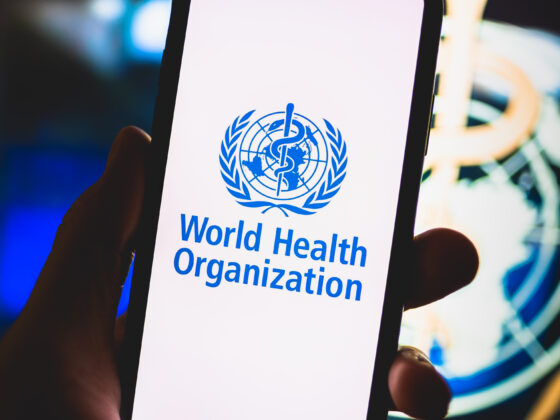Introduction
Infertility is a significant issue in Western societies. This two part article will explore the issue of how modern life causes infertility among both men and women, and then how actors concerned with profit, such as Big Pharma, seek to exploit this inculcated infertility. It will also discuss how this increased reliance on Pharma for a natural function drives into other agendas such as transhumanism.
The Decline In Human Fertility
In this article I will be focusing on the Western world as people there would be the main consumers of fertility based big pharma products, such as IVF or surrogacy. This should not be construed as believing that the fertility issues faced by women in developing countries – such as those deliberately invoked by the WHO – are unimportant.
There is significant evidence of birth rate decline in the Western world. Some of this can be put down to social factors (access to contraception for example). However, there are also physical factors at work. According to the CDC, 12% of women in America have issues conceiving. Sperm counts have also been on the decline for years with a total decline of 50-60% since 1973.
Does Aluminium Cause Infertility?
Aluminium has no productive role within the human body, and because the aluminium on Earth was bound up with silica compounds for our entire history, the human body does not have defense mechanisms against it. Human activity as unleashed aluminium on the environment, and so we suffer from every day exposures from air, food, water, cosmetics, and vaccination. Any amount of aluminium harms the body. Aluminium has inflammatory effects as well as causing neurological injury and cancer. But can it also cause infertility?
Aluminium is present in high quantities in human sperm. A study ‘Aluminium Content of Human Semen‘ found that the levels of aluminium in the sperm were on average 339 μg/L. Men with a low sperm count in the study also had higher levels of aluminium suggesting possible causation.

Do Phthalates Cause Infertility?
Phthalates are a group of chemicals used to make plastics more durable. Phthalates are in hundreds of products, such as vinyl flooring, lubricating oils, and personal-care products (soaps, shampoos, hair sprays).
Their effects on fertility come from the fact that they can mimic estrogen in the human body. In terms of fertility, this can negatively affect men and there have been several studies on this topic. The below review lists some of these studies.
Recent studies have showed that exposure to some phthalates results in profound and irreversible changes in the development of reproductive tract (Foster et al., 2001, Sharpe, 2001) especially in males, rising the possibility that phthalate exposures could be the leading cause of the reproductive disorders in humans (Ablake et al., 2004, Ema et al., 2003, Foster et al., 2000, Latini et al., 2004a, Latini et al., 2004b, Moore et al., 2001, Mylchreest et al., 1998, Parks et al., 2000, Wilson et al., 2004). In particular, prenatal exposure to these environmental chemicals, by interfering with the androgen signaling pathway seems to cause permanent adverse effects on reproductive development in male rats (Carruthers and Foster, 2005, Kai et al., 2005, Lehmann et al., 2004, Thompson et al., 2004).
Is Infertility Linked to Vaccination?

Clinical trial researchers for Merck, Gardasil’s manufacturer, reported an explosion of reproductive injuries among the 20,000 trial volunteers. An astronomical 15% – 17% of trial participants experienced a range of reproductive harms, including premature ovarian failure.
Gardasil contains extremely high levels of aluminium, but also many other ingredients that are negative for human health, such as L-histidine, polysorbate 80 and sodium borate. These substances are listed as possible causes of female infertility. There is also evidence that the Gardasil vaccine can cause anti-phospholipid syndrome, an autoimmune disease that can affect the reproductive organs.
Is Infertility Linked to Covid-19 ‘Vaccination’?

If a medical intervention can affect a woman’s menstruation, it can obviously affect the ability to conceive.
There have also been reports of an extremely high number of miscarriages, spontaneous abortion, and fetal demise post roll out of this experimental ‘vaccination’. Dr. Jessica Rose has pointed to the fact that there have been over 4,000 miscarriages reported to VAERS as of June 2022.
Meanwhile, an Israeli study showed some issues with male fertility after ‘vaccination’.
Post day 150, sperm concentration was -15.9% vs baseline, lower even than in the 75-120 day period. Average time post vaxx for T3 collection was 174 +/- 26.8 days so we’re talking about 6 months post vaxx with NO recovery in sperm concentration.
PFIZER VACCINE EFFECTS ON TOTAL MOTILE COUNT IN SPERM DONORS
More recently, birth statistics have shown a significant decline in a large number of Western countries, and that decline is holding firm and not rebounding to pre-Covid levels. A good visual example is this decline in Sweden, from the El Gato Malo substack:

Synthetic Sex Identities and Sterilisation
‘Puberty blockers’, medically known as GnRH agonists, stop the production of sex hormones. Since the ‘Dutch protocol’ began in 1996, the drugs have increasingly been used to facilitate ‘gender transition’ of children. The drugs prevent the child from going through puberty, meaning that there is no development of the gonads. This leads to infertility for obvious reasons, as the correct sex hormone is never present to lead to fertility. Incorrect hormones can also cause reproductive harms, for example, testosterone dosage in women who identify as men causes atrophy in the female reproductive organs. ‘Transgender’ surgery, such as hysterectomy, oophorectomy, and orchiectomy (castration) also create permanent sterilisation in those that receive these surgeries.














